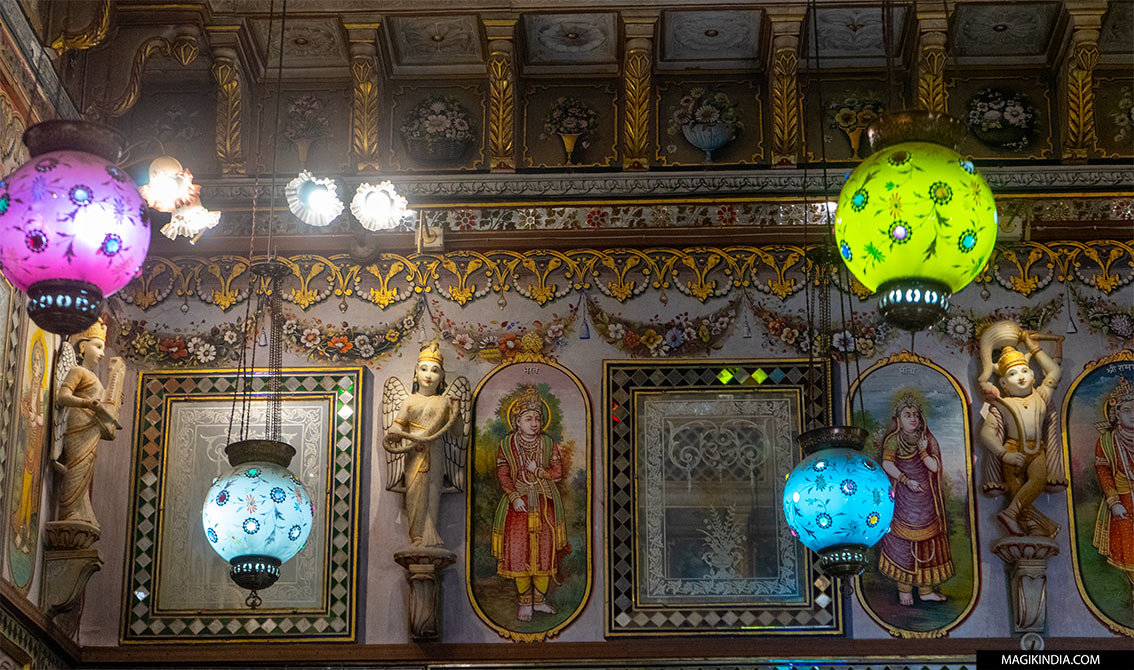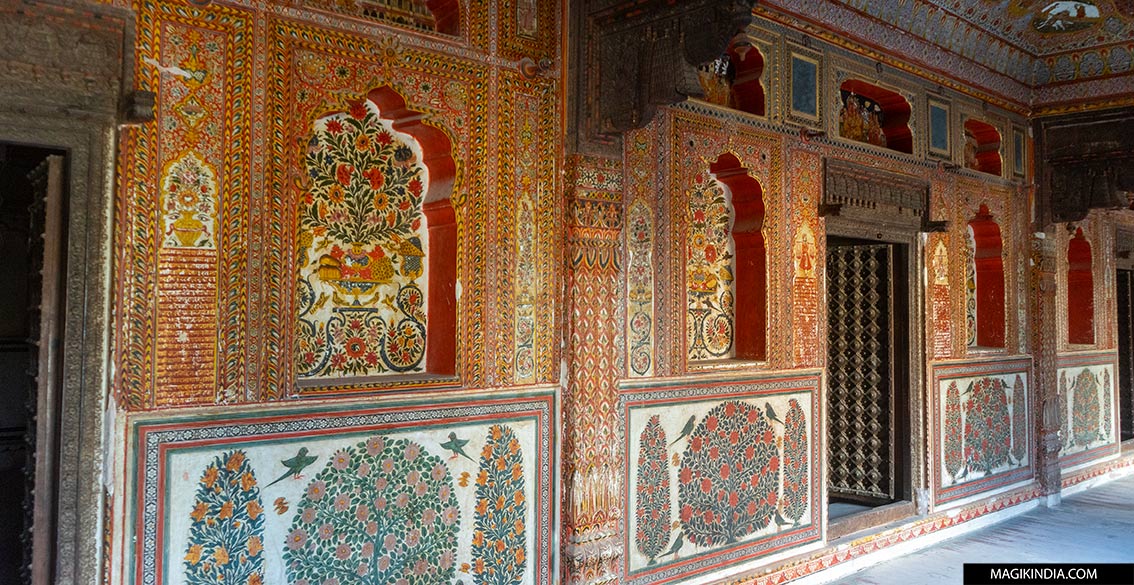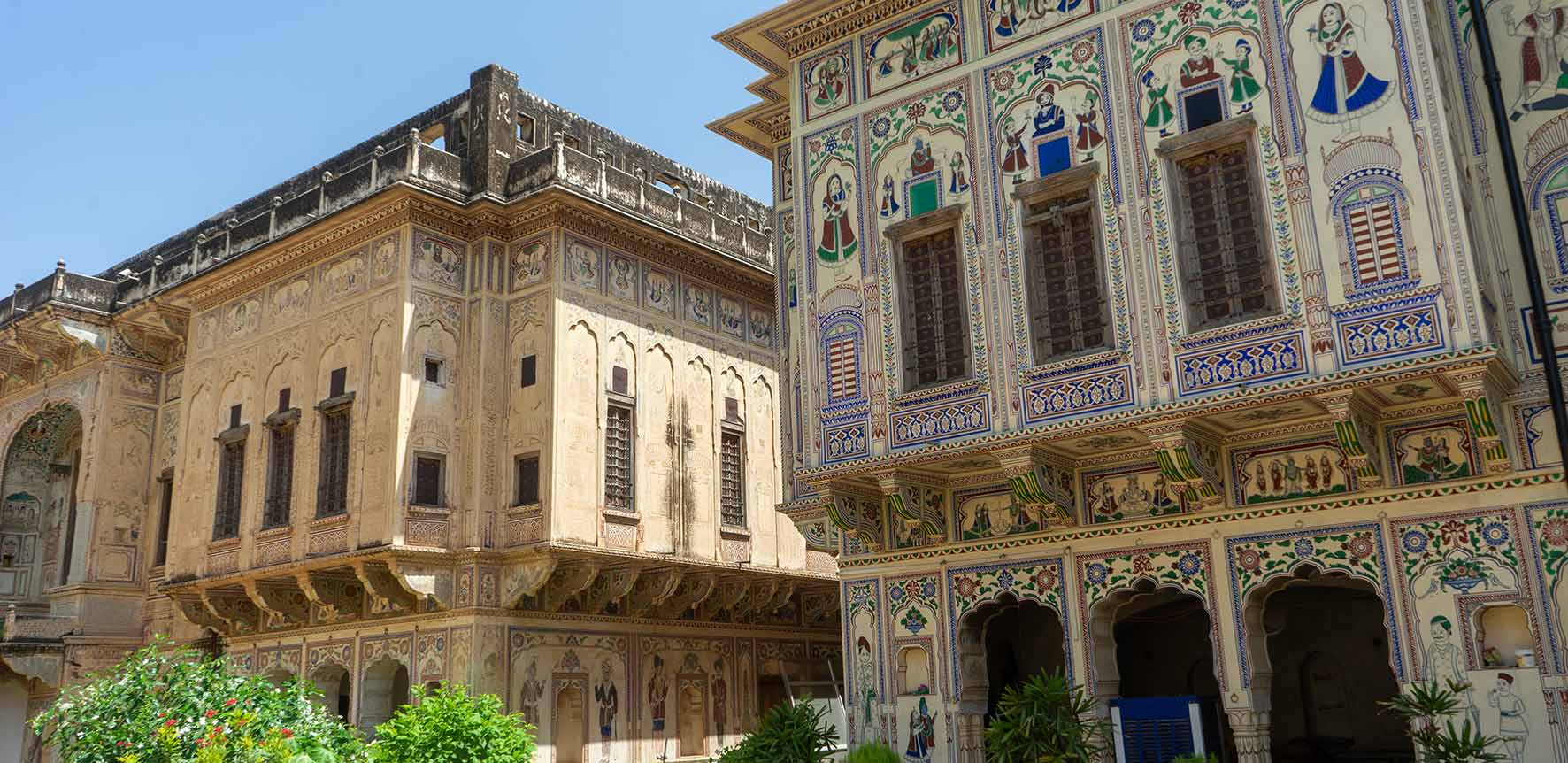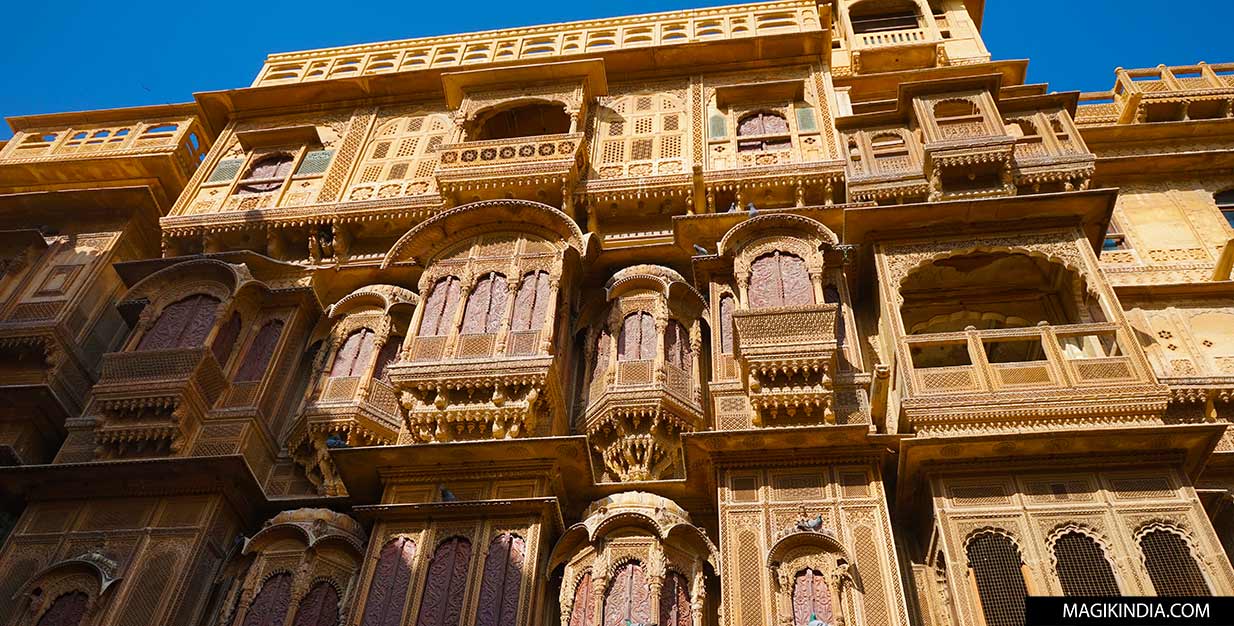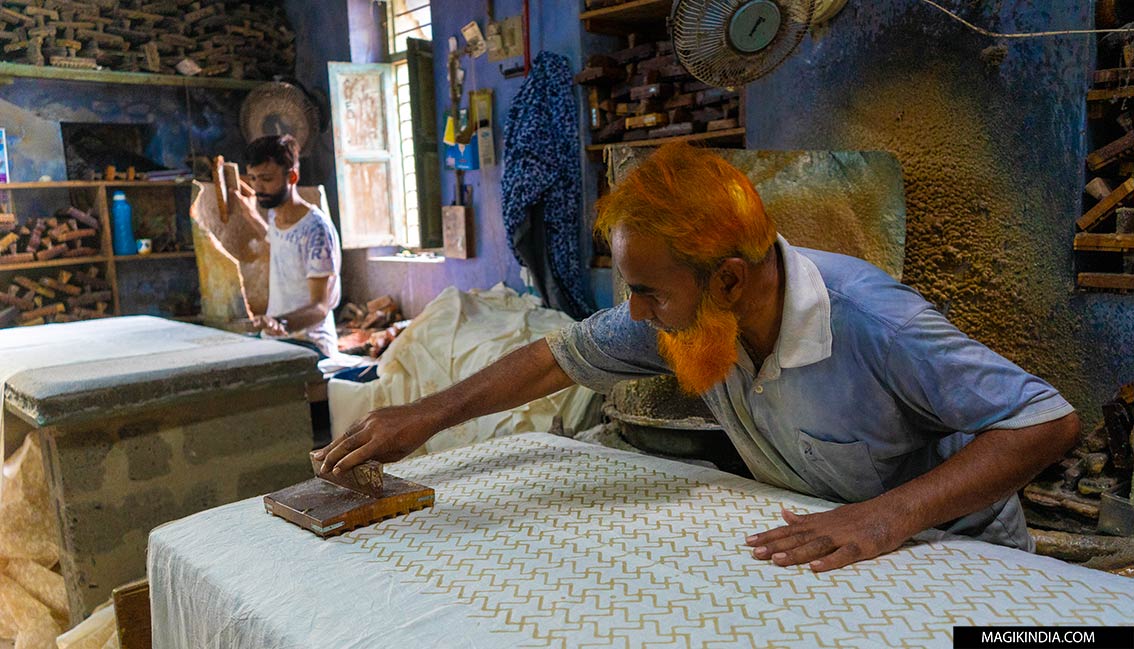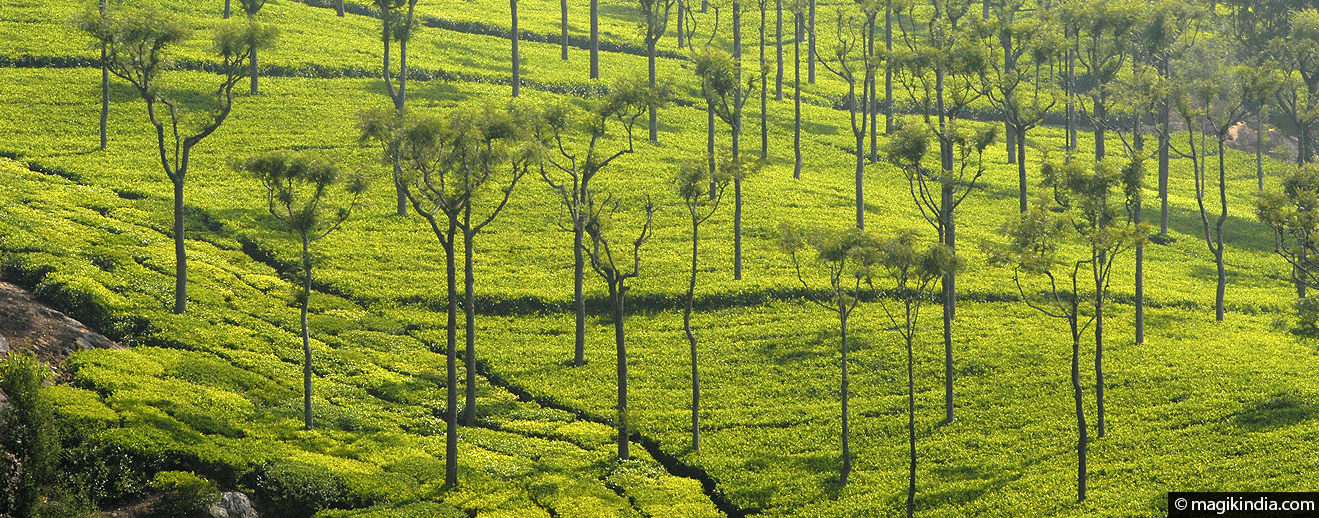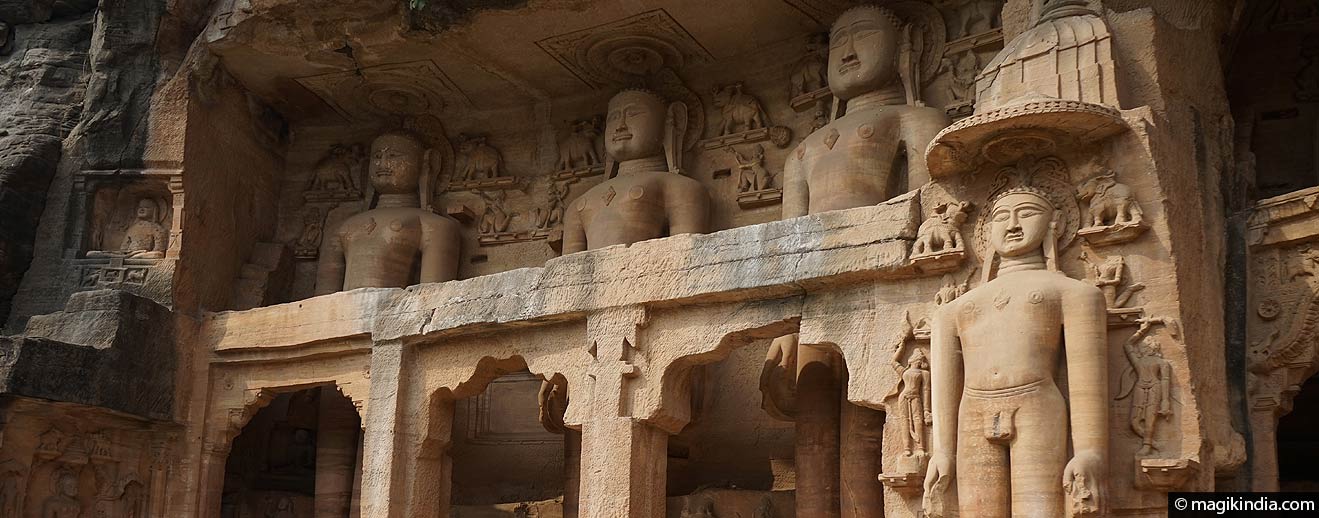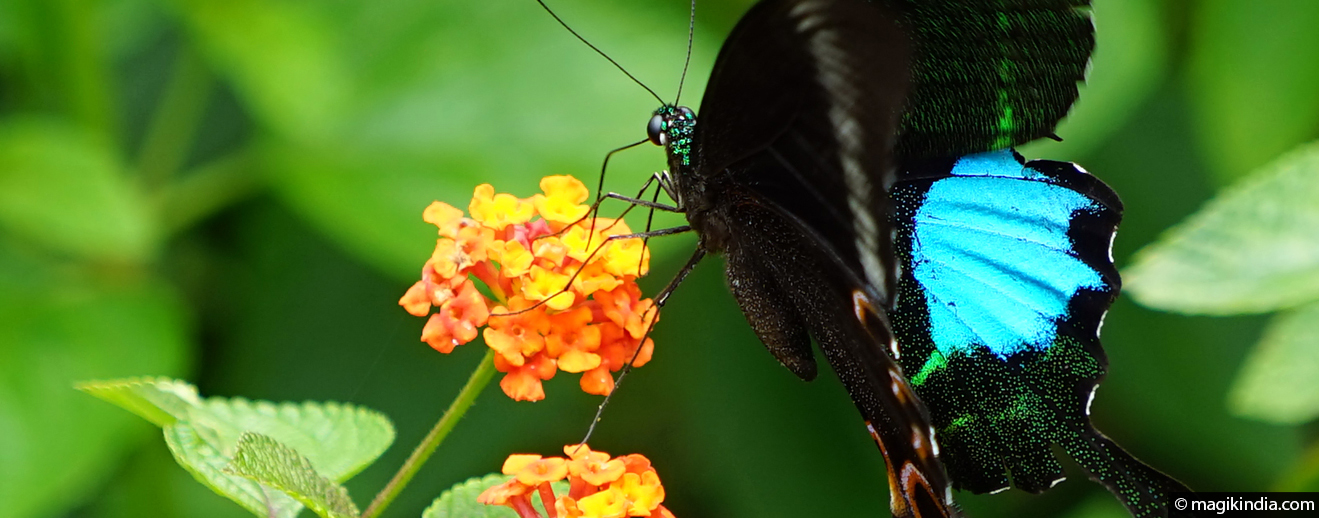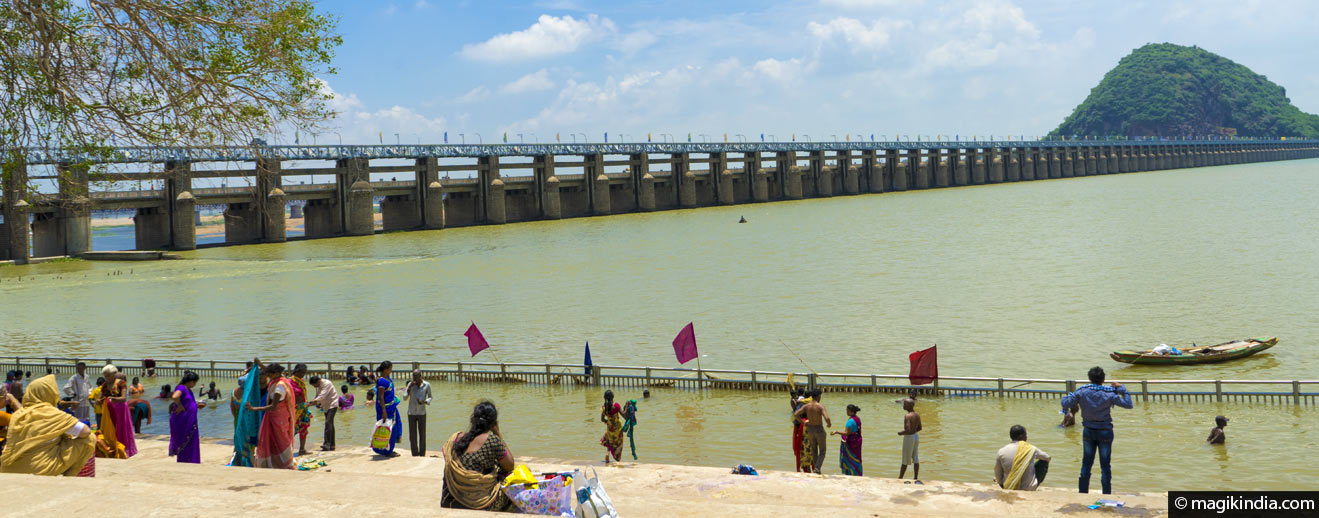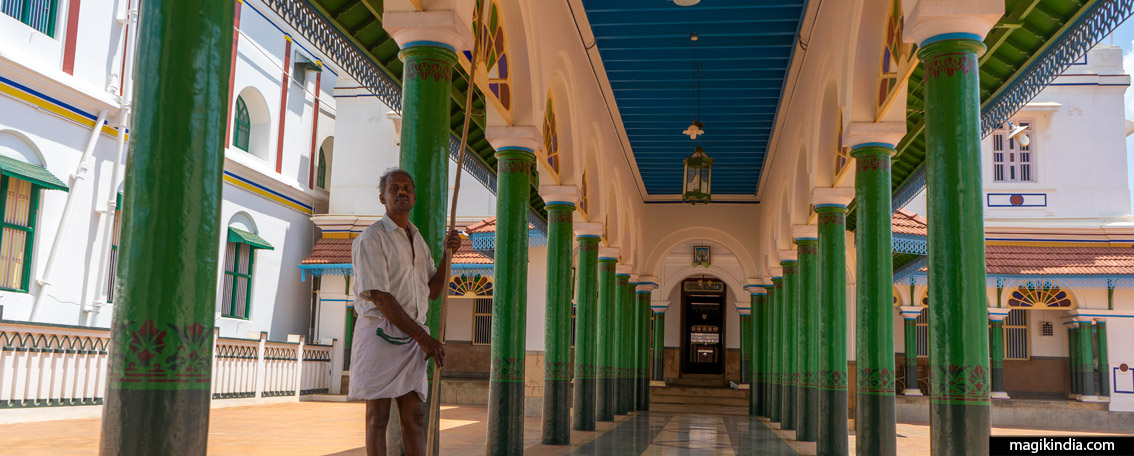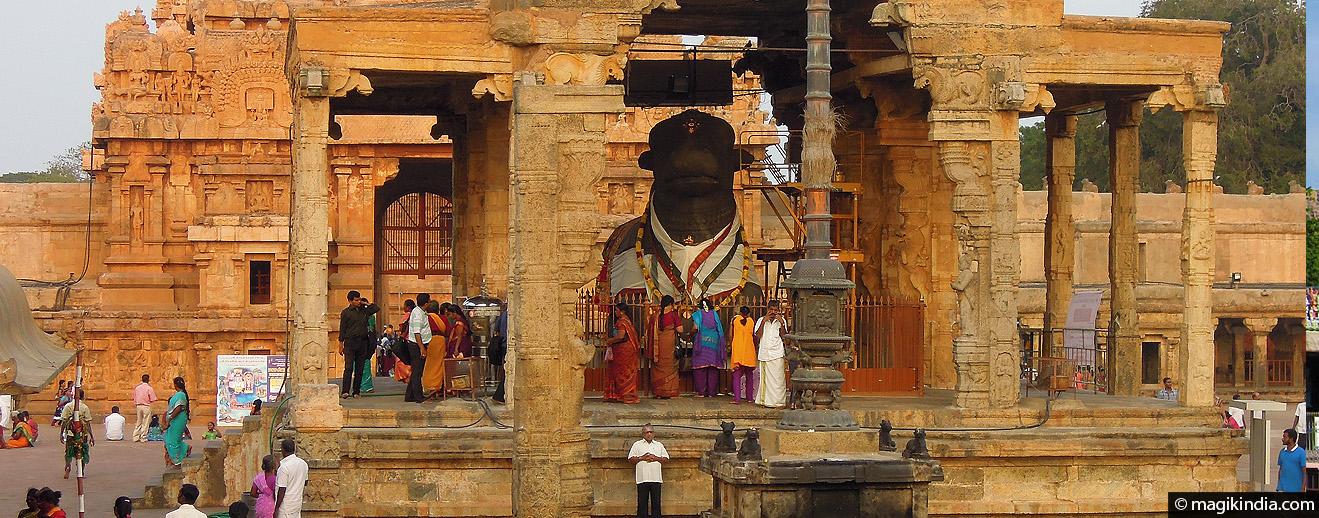
Namaskaram !
Welcome, Padharo ! I'm Mathini, a French woman who has been living in Rajasthan for 10 years. Despite being imbued with Indian culture from a young age it wasn't until 2014 that my Indian adventure really began. I left everything behind in France and set off on a 6-year journey through the land of Gandhi. These adventures are gathered in this blog which aspires, in an intentionally positive spirit, to bear witness to India's remarkably diverse and multifaceted cultural heritage. If this website sparks a desire to pack your bags and set off for an Indian adventure, it will have achieved its purpose. Subh Yatra on Magik India and beautiful explorations in the sacred land of Bharat...
Udhagamandalam, 80km north of Coimbatore (Tamil Nadu), is better known by its English abbreviation: Ooty. It is a hill station 2500m above sea level. Its cool climate, famous tea gardens and dense forests fragrant with eucalyptus make it one of the most popular hill stations in the Nilgiri mountains.
Gwalior, the fourth largest town in the State of Madhya Pradesh, owes its fame to the fort, perched atop a 300ft hill, which the Mughal emperor Babur called “the pearl amongst the fortresses of Hind”. Gwalior is also known as a cultural centre and home of both the famous poet and musician Tansen and a renowned gharana or school of classical Hindustani music.
This 20,000-hectare green forest paradise at the southern tip of the Deccan plateau, in Kerala, is home to one of the world’s densest concentrations of wild Asian elephants; it is not unusual to see one. The region is covered in coffee, teak and eucalyptus plantations and more than half its population belong to tribal communities. As well as its natural beauty, the Wayanad region has many other assets including ancestral temples and caves such as constituted India’s earliest dwellings.
Located on the banks of the Krishna River, Vijayawada is a major trading and business centres in Andhra Pradesh. The city has very few monuments to see but it is a pleasant place to immerse yourself in the spiritual atmosphere of the famous Durga temple or to visit the beautiful rock-cut caves of Undavalli.
![]() The city of the Vijayanagara kings is one of the most grandiose sights in India. A listed Unesco World Heritage site, it features thousands of vestiges spread over an area of more than 4000ha. Hampi is a treasure chest lost in a desert of rocks lovingly polished by time.
The city of the Vijayanagara kings is one of the most grandiose sights in India. A listed Unesco World Heritage site, it features thousands of vestiges spread over an area of more than 4000ha. Hampi is a treasure chest lost in a desert of rocks lovingly polished by time.
Chettinad must be the most surprising part of Tamil Nadu. In the 19th century, rich merchants, the “Chettiar“, built palatial houses here in a daring and harmonious blend of Eastern and Western styles. This is unique architecture with a charm of its own, inviting travellers to stop awhile for a taste of culture.
Thanjavur (Tanjore), once the capital of the Chola empire, is an important centre of South Indian culture ; The Tanjore style of painting originated here. The town boasts a Unesco-listed world heritage monument, a marvel of Dravidian architecture: Brihadeeswarar temple.

